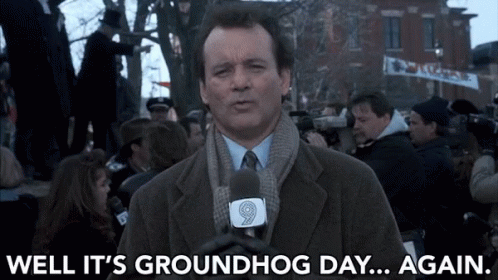When you have a gift that allows you to give back to others, it’s rare—and it makes the journey worth it. Not everyone is called to create music, but if you are, you know it’s something that resonates deep within. Music has the power to heal—not only those who hear it but also those who create it. However, the business side of music can sometimes make it difficult to stay connected to that feeling, especially when you’re trying to turn your passion into a career.
That’s why I created Songwriters Connect, a support group hosted here at The Happy Hour. This group is designed to help guide you through the industry while offering a space to connect with others on a deeper level. Here are 4 reasons why you might benefit from joining us:
1. You’re Looking to Build a Community
Whether you’ve just moved to Nashville or have been in the industry for years, finding like-minded people who can help you on your journey is key. Building community takes time, genuine effort, and consistency—and it’s not always easy to find. With so many events to attend, it can be overwhelming to know where to start. If you’ve been here a while and feel like you’re stuck in a cycle—going to the same shows, meeting the same people, and losing the spark—this group is perfect for you. If you’re looking for a fresh environment to reignite your passion or share your light with others, you’ll find it here.
2. You Want to Share Your Music and Find Collaborators
At Songwriters Connect, we give everyone a chance to share a song (if they feel inclined). It’s a great way to get those creative juices flowing and hear what other music is out there. Open to all genres, this is a great opportunity if you’re looking to meet more people in the songwriting community and find co-writers or collaborators.
3. You Want to Network in an Authentic, Connected Way
There are plenty of networking opportunities out there, but some feel exclusive or overcrowded. The ones that seem genuinely worth your time and energy can be hard to find. So, what do you want from networking? Whether you’re hoping to form a band, play more shows, write with more people, or simply share stories and gain inspiration, Songwriters Connect offers an authentic space to connect. Networking doesn’t have to be about showcasing your talents or achievements—it’s about genuine connection, and letting everything else fall into place.
4. You Want to Understand the Role Music Plays in Your Life
At some point, you may have reached the crossroads where music feels like your career or even your life’s purpose. And while these two things can coexist, they don’t always have to. You can create music as your purpose without making it your career, and vice versa. Some of us may find ourselves needing to remind ourselves why music is our purpose, while others may need help reconciling the two. It’s easy to lose sight of this balance, but it’s important to remember that your connection to your craft is an ebb and flow, just like everything else in life. Trust your process and trust your art.
THE CONTENT OF THIS BLOG IS FOR EDUCATIONAL PURPOSES ONLY. IT IS NOT A SUBSTITUTE FOR A THERAPEUTIC RELATIONSHIP.
Songwriters Connect is all about creating a space for authentic connections, support, and growth. If any of these reasons resonate with you, we’d love to have you join us. Let’s build community, share our music, and support each other on this creative journey!
